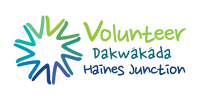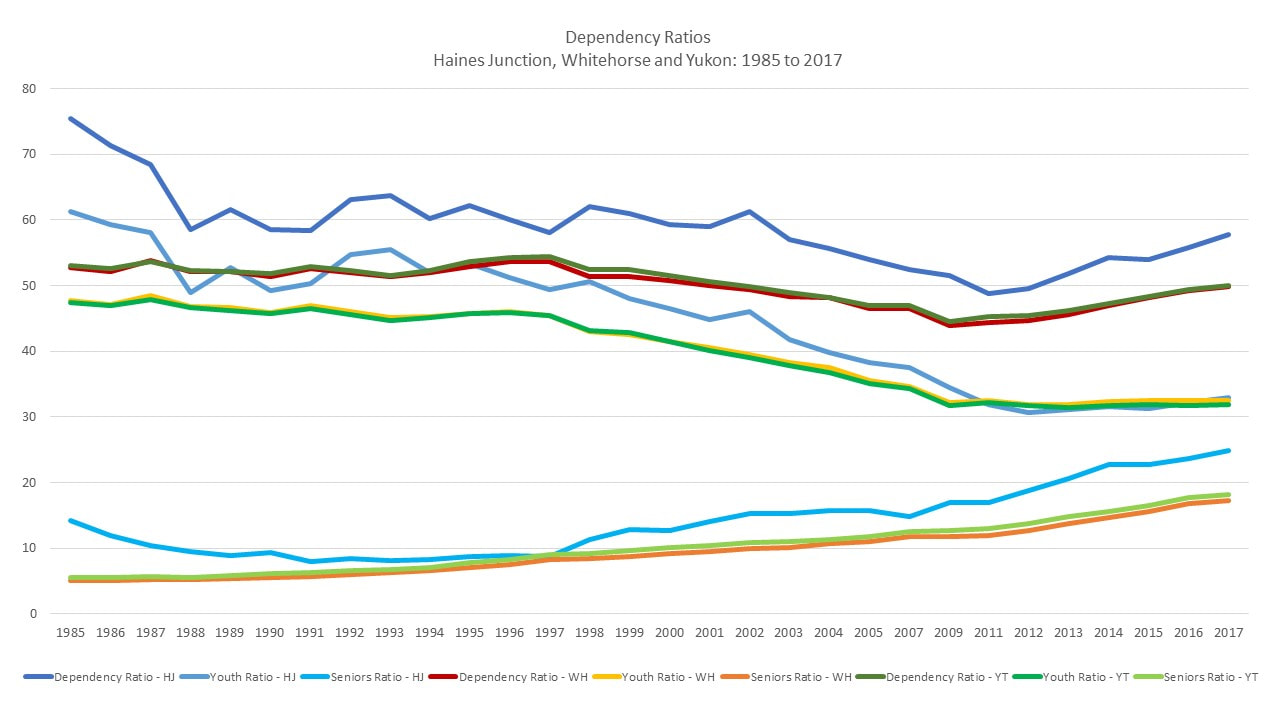|
With the new school year well underway, there has been lots of talk in the territory about the shortage of supply teachers, safety at some schools and overcrowding. There isn't much data that I can pull about the St. Elias Community School, and the 2018 enrolment figure is an estimate, but I've graphed what I've got.
It's delightful to see a positive linear progression for enrolment growth. We're almost back to the enrolment high we saw back in 1999. However, we need to be mindful that that high enrolment rate in 1999 was from a population catchment area of approximate 774 and in 2018 we're at approximate 927 in our catchment. This, along with our high senior's dependency ratio, indicate that Haines Junction is aging. It's easy to imagine that our school community may feel pressure from the increased enrolment numbers. It looks as though student enrolment steadily declined for a number of years and then hovered at around 125-130 for quite a few years. The recent increase to 155 students, for such a small school, likely puts a strain on resources -- but overall it's a great indicator for the community of a rebounding youth population and let's hope we see growth trend continue over the coming years.
0 Comments
Of note, Whitehorse and Yukon have very similar ratios (because the majority of the Yukon population lives in Whitehorse).
HJ appears to historical had a proportionally higher seniors dependency ratio at 0.25 in 2017 compared with Whitehorse at 0.17 and Yukon at 0.18.
Youth = 0 to 19 Working Age = 20-64 Seniors = 65+ With regard to Dependency Ratio, Stats Can says: Importance of indicator A sizeable share of seniors aged 65 or older and children and youth younger than age 20 are likely to be socially and/or economically dependent on working-age Canadians, and they may put additional demands on health services. The demographic dependency ratio measures the size of the "dependent" population in relation to the "working age" population who theoretically provide social and economic support. |
AuthorThe majority of this data is sourced from the Yukon's Socio-Economic Portal Archives
December 2018
Categories
All
|
Proudly powered by Weebly



 RSS Feed
RSS Feed